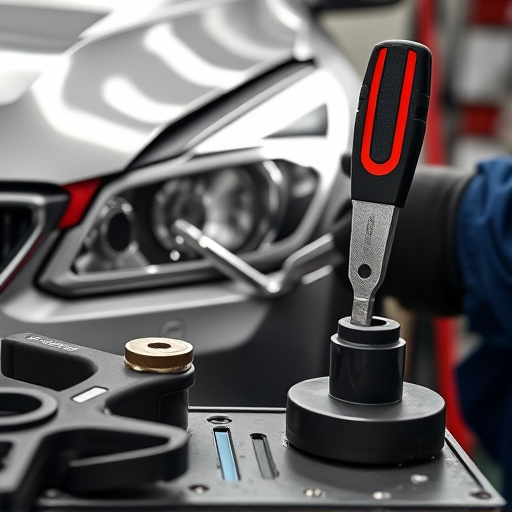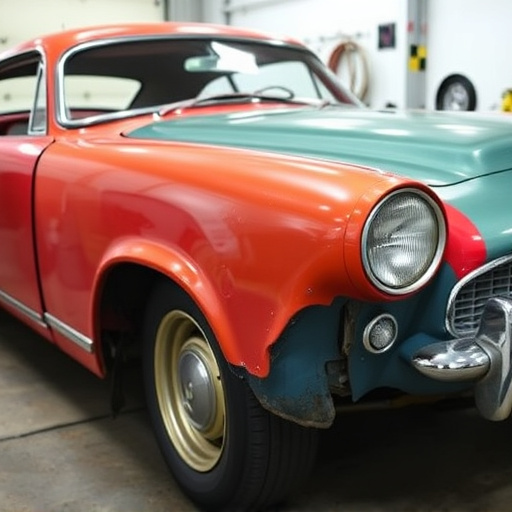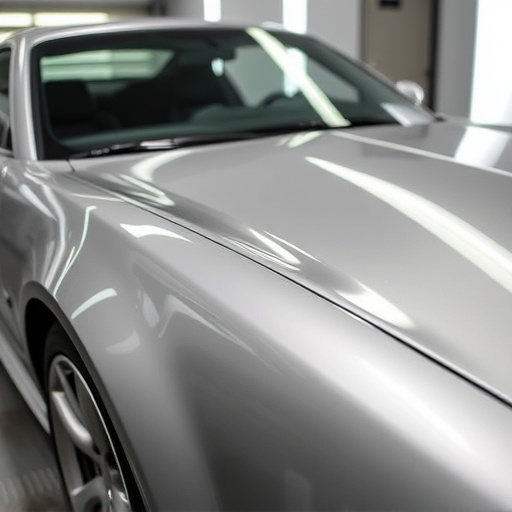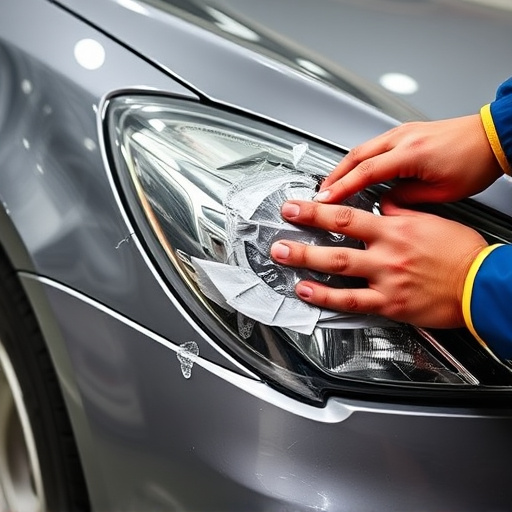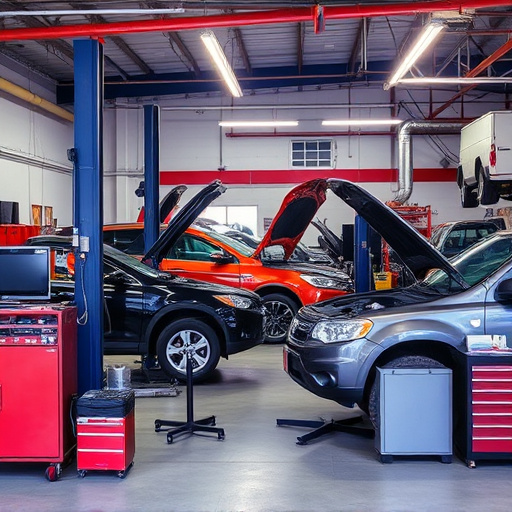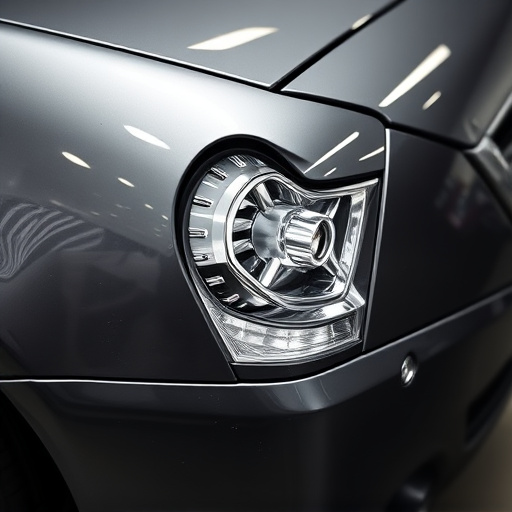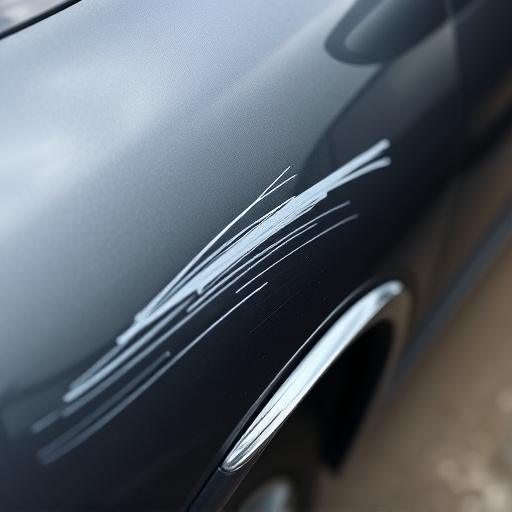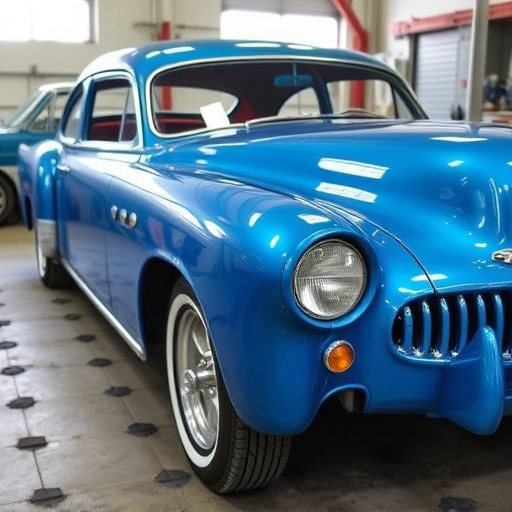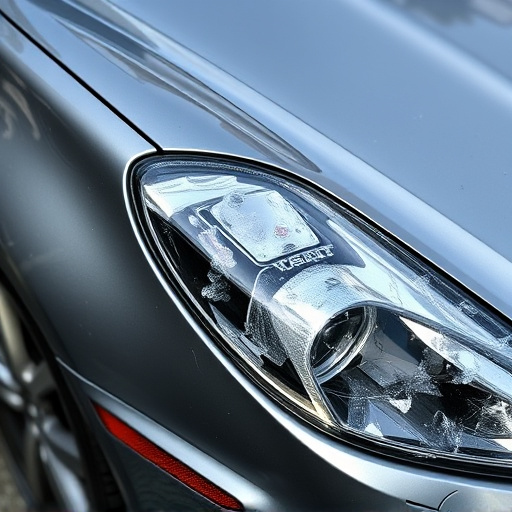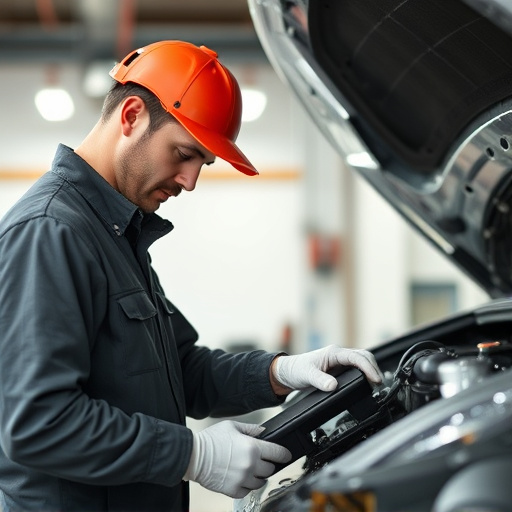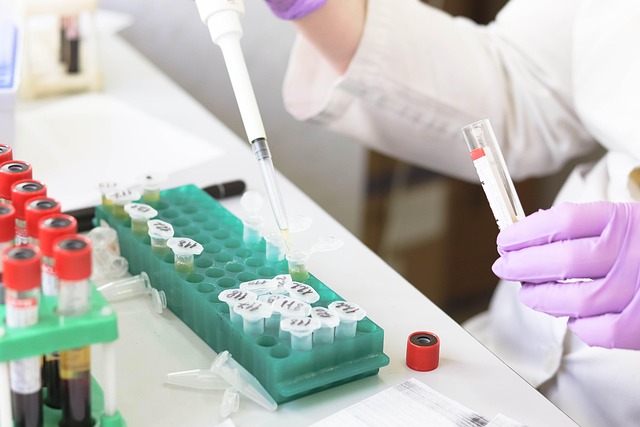Auto buffing and polishing compounds are specialized formulations that combine abrasives, solvents, and additives to enhance vehicle finishes, remove imperfections, and protect paintwork. Selection is key for achieving professional results, matching paint types, and desired shine levels, ensuring vehicles look their best with long-lasting, show-car worthy finishes.
Delve into the fascinating world of auto buffing and polishing compounds, essential tools for achieving a flawless car finish. This comprehensive guide explores the science behind these substances, their chemical compositions, and how they interact with your vehicle’s surface. Learn to choose the right compound based on your car’s unique finish, ensuring optimal results. From understanding the process to selecting the perfect product, this article is your go-to resource for expert auto care.
- Understanding Auto Buffing and Polishing Compounds
- Chemical Composition and Their Roles
- Choosing the Right Compound for Your Car's Finish
Understanding Auto Buffing and Polishing Compounds
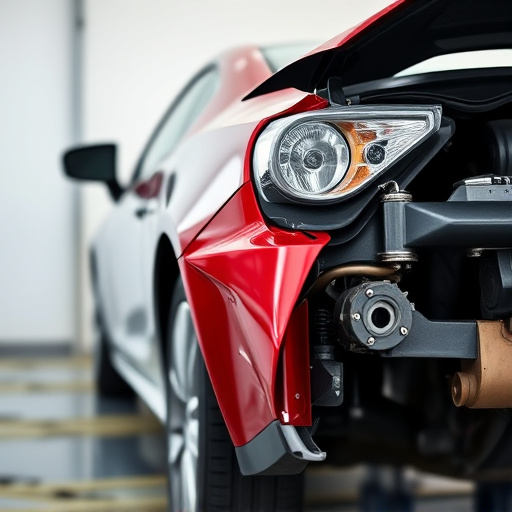
Auto buffing and polishing compounds are specialized products designed to enhance the appearance and protect the surface of vehicles. These compounds come in various forms, from creams and polishes to more robust cutting agents, each tailored for different needs. Understanding their composition and function is key to achieving professional-level auto body repairs, often accessible at collision centers or through DIY kits.
The science behind these compounds involves a blend of abrasives, solvents, and additives. Abrasives, like silicon carbide or aluminum oxide, are responsible for the physical removal of imperfections on the car’s paintwork. Solvents help to break down grease, grime, and old sealants, while additives enhance shine, protect against UV damage, and provide long-lasting results. The right compound selection is crucial, especially when addressing minor scratches or significant dent repairs, ensuring that the car’s finish not only looks good but also undergoes minimal to no further deterioration during the buffing and polishing process.
Chemical Composition and Their Roles
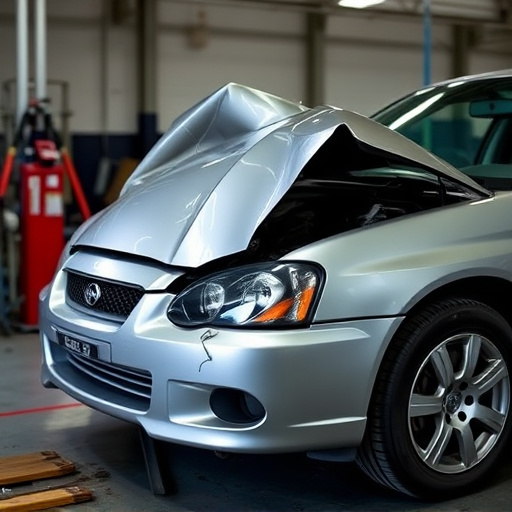
Auto buffing and polishing compounds are meticulously designed formulations that play a pivotal role in achieving a flawless finish on vehicles. These compounds consist of a unique blend of chemicals, each contributing to specific aspects of the polishing process. The primary components include abrasives, which act as the cutting agents, removing minor imperfections from the car’s surface. Surfactants and solvents are also integral parts, ensuring the compound stays wet and facilitating the smooth application and removal of the product.
Additionally, these compounds often contain additives designed to enhance the polishing effect. Silicones, for instance, provide a protective layer, creating a durable shine that repels dirt and dust. Other chemicals may include polymers and resins, which fill in scratches and cracks, improving the overall aesthetics of the car’s paintwork. This meticulous chemical composition is what transforms basic auto repair services, including frame straightening, into top-notch finishing processes, leaving vehicles with a glossy, show-car worthy appearance.
Choosing the Right Compound for Your Car's Finish

When it comes to achieving a flawless finish on your car, selecting the appropriate auto buffing and polishing compound is half the battle won. Different compounds cater to various needs, from minor scratches and swirls to more severe dent repairs and bumper restoration. Understanding your vehicle’s paint type and current condition is key. For example, a gentle polish might be sufficient for removing light swirls, while a more aggressive compound is required for major repars like dent repair or vehicle body repair.
Choosing the right compound ensures optimal results without causing further damage. Compounds with finer abrasives are ideal for delicate finishes, whereas coarser ones are designed for heavier tasks like bumper repair. Always consider factors such as the age and condition of your car’s paint, the severity of the imperfections, and your desired level of shine when selecting an auto buffing and polishing compound to achieve a seamless, glossy finish that enhances your vehicle’s overall aesthetics.
Auto buffing and polishing compounds are essential tools for achieving a flawless car finish. By understanding their chemical compositions and how they interact with different vehicle surfaces, car enthusiasts can make informed decisions when selecting the right compound for their needs. Whether it’s for removing minor scratches or enhancing the gloss, the science behind these compounds ensures that your car shines brighter than ever before.
